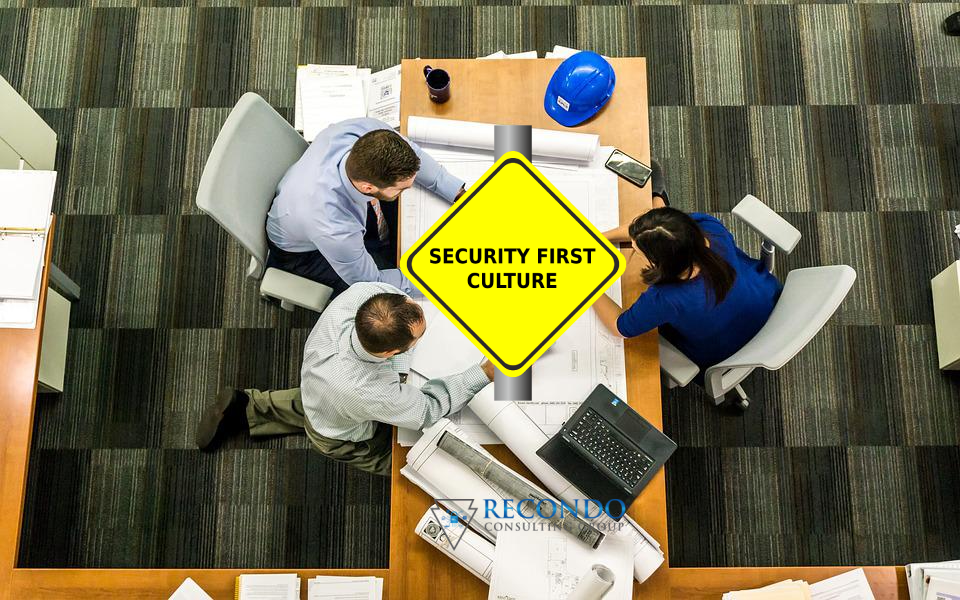No one will deny the importance of having a cybersecurity strategy to protect your organization from emerging cybersecurity threats. With employees and other priorities, it can be difficult to make this happen without more effort on management’s part. It is important that IT professionals have a clear understanding of the importance of implementing security best practices. First, they need to convince management that they deserve to invest in security technology. Once their expectations are met, the next step is convincing end-users that compliance with these new regulations is worth their while. A lot of people are resistant to change – which is why it’s difficult to foster a security-first culture. But it must be done.
In the 1980s when seatbelts became compulsory in new vehicles, only around 14% of Americans wore them despite it being required. Seatbelts are a necessity but faced some resistance at first as many things do. People thought they were too uncomfortable and took away their freedom. But years later, people have accepted seat belts into the modern car and no one questions them anymore nowadays.
Mandatory Security Awareness Training for all employees
It is important to change how employees view their involvement in security awareness training. Today, employees are the first line of defense but often they’re busy with other work responsibilities and don’t include this on their “to-do list” because it seems like a chore or task. However, if an employee is engaged and aware, they can proactively support their company’s efforts and help make a difference.
Learning management systems can help a lot by providing employees with dynamic security content they can use to make their work environment a safer one. Companies can take advantage of phishing kits, video lessons, and simulations to measure employees’ security awareness levels.
Campaigns can be automated to send out phishing simulations to specific groups. Data is collected and then reports are generated. Customized campaigns and messages can target specific individuals. That way, phishing simulations can be scheduled around employees’ work schedules in order to prevent warnings among staff.
The exercises should be short and easy to understand in order to keep people interested. The ideal duration is around 20 minutes so that participants will remember what they learned. Following training, a quiz should be used to confirm comprehension and retention. A summary report of this report should then be made available to the employee. When your employees take the quiz themselves, they’ll feel more informed and empowered – and also be responsible for their own learning in a way. They’ll develop a sense of ownership over the material learned, too.
Find a way to improve efficiency in your workplace
A Security-first culture should be embraced in order to better counter security risks. Solutions such as Single Sign-On (SSO) and products/services like password managers can help promote a more secure work environment. Single sign-on adds protection to your applications because users only need to log in with one set of credentials, which are listed either on the user’s profile.
Scammers are constantly finding new ways to fool people and phishing attacks with sophisticated tricks like Artificial Intelligence are becoming more common. Fighting these attacks requires a strategy that also includes things like email security and cybersecurity awareness.
AI-based Monitoring Systems analyze employees’ emails for what kind of devices are being used, who sent the message, and when. Email sender verification is usually done with a characterization of the sender profile. These are generated from subscriber data and then compared to incoming emails to check the origin & prevent phishing. Phishing emails are automatically quarantined, so recipients won’t be harmed.
A good software solution that supports a security-first culture is one that provides centralized password management. Saving or sharing passwords on emails, spreadsheets or sticky notes can lead to an organization-wide lockout. Encrypted password safes are a secure alternative.
Besides being unsafe, it also becomes difficult to locate confidential information when needed. But as part of a password management service, passwords and other confidential data can safely be stored and quickly accessed. Additionally, these solutions produce access control and audit trails to ensure sensitive data is restricted to authorized users. The program will also generate reports that can show who’s accessing information, who is updating it, and so on.
A layered approach is best
In addition to training employees and using tools, it is important to also consider a layered approach for security. Physical security is just as important as digital security. Physical locks and gates limit physical access to your IT systems. Make sure the server room has restricted access, video monitoring, and other safety measures.
As part of a layered security architecture for tracking threats, it is also important that you regularly run vulnerability scanners and patch management software as well as monitor for compromised credentials. A Security Operations Center or SOC is a 24-hour security system that monitors the company’s IT infrastructure. This includes networks and devices but also appliances like printers or computer systems.
Ensure your business continuity and disaster recovery (BCDR) solution will help you get back online in a timely manner after an emergency. Finally, key technologies should be automated to free up your time to focus on more important tasks. To encourage a security-first culture, you must start by ensuring that all of your employees get the security awareness training they need to be up-to-date on current threats.
To strengthen security awareness, organizations need to invest in solutions that prevent phishing attempts and use multi-factor authentication (MFA), single sign-on (SSO), and password managers. Furthermore, a comprehensive and layered approach should be applied to address the risks.
The more measures you take — e.g., staff training, cybersecurity solutions, and physical controls — the lower the chance of cyberattacks succeeding on your organization. And if they were to find a way and cause havoc, BCDR gives you resiliency to recover from the worst.

